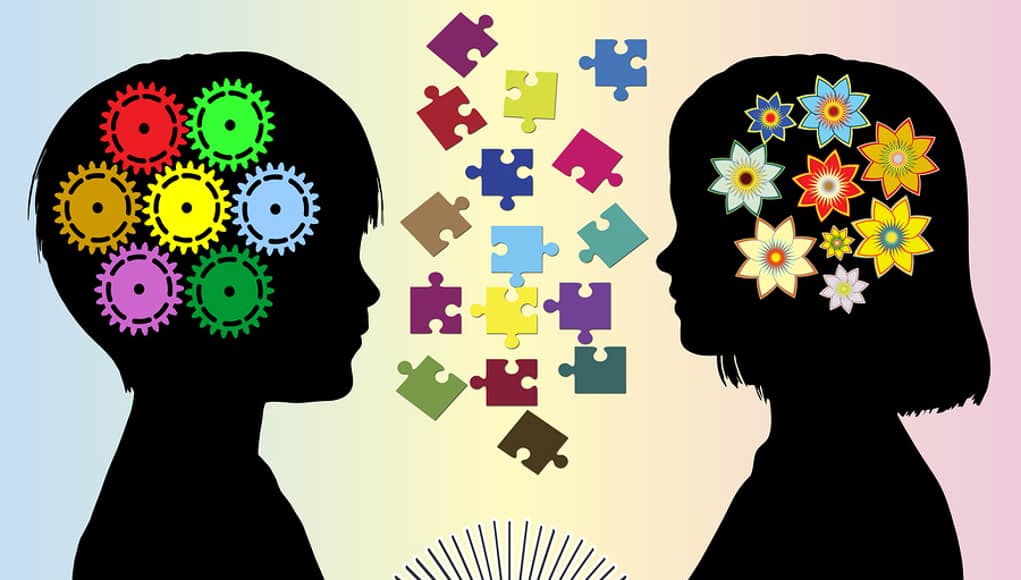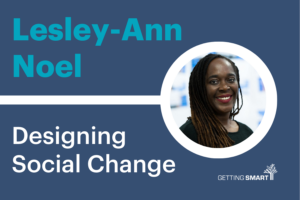4 Myths About Learning Styles Debunked

By Lisa Low
Recent research has taught us—parents and educators—to observe our students and have them take quizzes to find out their learning style, which would seemingly unlock the mystery of how they study best. While this language around learning styles and multiple intelligences has diversified instructional styles in a great way, it has brought with it a number of myths and misconceptions. The following debunks four myths about learning styles, and includes suggestions for how multiple learning styles can be accepted and celebrated.
Myth 1: Students have only one learning style
Psychologist Howard Garner, who revolutionized education through his 1983 book, Frames of Mind: The Theory of Multiple Intelligences, claims that there is “strong evidence that human beings have a range of intelligences.” He calls each of our unique profiles of varying strengths and weaknesses “jagged profiles of intelligences.”
For example, a student may signal strong linguistic intelligence because of learning a foreign language quickly, but this intelligence is closely tied with the aural learning style. Similarly, a student may be visually inclined—if he or she enjoys drawing pictures and diagrams—but can also be a kinesthetic learner as said student is also using his or her body to process information.
To support multiple learning styles, teachers and parents can look for apps and programs that tap into various senses and styles. Google Drive and Dropbox are two platforms that encourage a collaborative environment for students, who can then draw on their different intelligences to share information and create projects. Popplet is an app that allows students to make concept maps, which draws on visual and kinesthetic styles. Evernote and Notability are two note-taking apps that encourage students to collect mixed-media notes—through text, photos, web links, audio recording, etc.—which allows them to process information in a multifaceted way.
Myth 2: Students only benefit from learning in one specific style
Articles on learning styles have encouraged “matching” instructional activities with certain learning styles. However, a 2008 study on learning styles did not find that optimal learning occurred when the instructional activity corresponded with a student’s specific learning style.
A 2009 study from David J.M. Kraemer and Lauren M. Rosenberg of the University of Pennsylvania found that effective processing transpired when a learner was presented material not in their preferred modality; the learner would then convert material to their own modality, thus “[facilitating] processing and later recall.” Relatedly, Howard Gardner calls for teachers to diversify their instructional activities, not only to reach different learning styles, but also to “convey what it means to understand something well.”
Myth 3: One intelligence can predict strength or weakness in another subject — or another intelligence
In a classroom, teachers may pick up on a student’s tendency toward drawing pictures and diagrams, and then label said student as a visual learner. This teacher’s habit of close observation is great, but this thought process can be misleading. Howard Garner says that “learning styles” as a term is incoherent, as there is no defining criteria for how they are recognized and evaluated.
He essentially asks, if a teacher labels a student with a certain learning style, how can one tell if the student is that type of learner in everything? A great idea for teachers is to keep anecdotal documentation on what works for students individually, and to prioritize learning as much as they can about their students. Likewise for parents: notice what works for your children, but refrain from boxing them into one type.
Myth 4: Learning styles are the only way in which students differ
Researcher and educator Mark Smith cites a 1988 study that calls for paying attention to various kinds of “selfhood.” In particular, he points out “differences in cognitive and communication styles that are culturally based.” Consider factors like socioeconomic status and racial and ethnic background and how they’ve shaped your students—both the way they learn and the knowledge, especially cultural capital, that they’ve come in to school with. Teaching Tolerance, for example, is a project that provides classroom resources—in addition to a magazine for educators—and promotes anti-bias in classroom settings.
One of the most important things to do as a parent or educator is to see your student as a growing and changing individual, full of seeming contradictions and complexities. Try different activities and pay attention to what clicks with students. Get together with other teachers to pool a variety of instructional strategies that have worked or could work in the future.
Lisa Low is a contributing writer for Varsity Tutors. Follow Varsity Tutors on Twitter: @varsitytutors
Stay in-the-know with all things EdTech and innovations in learning by signing up to receive the weekly Smart Update.




0 Comments
Leave a Comment
Your email address will not be published. All fields are required.